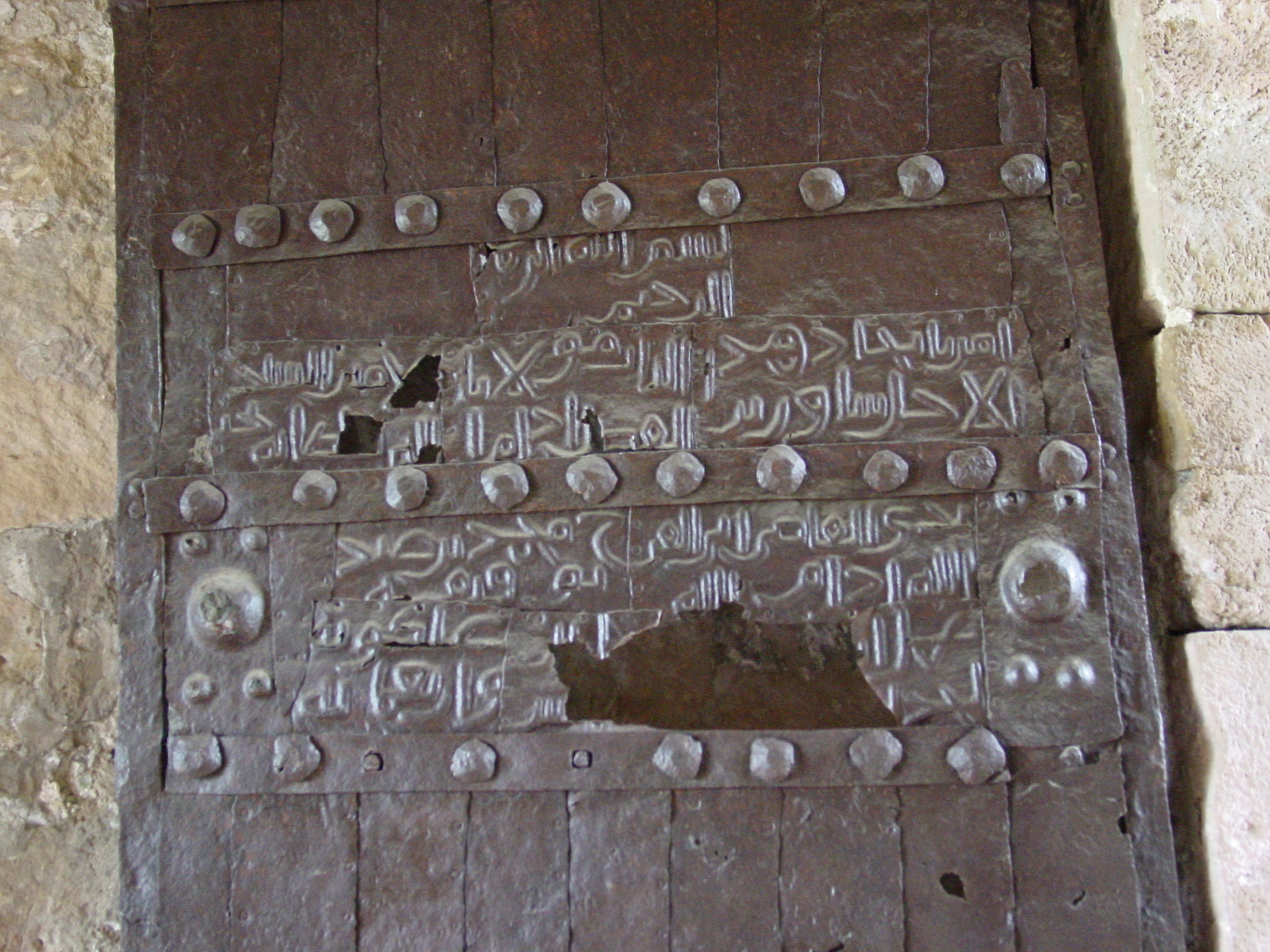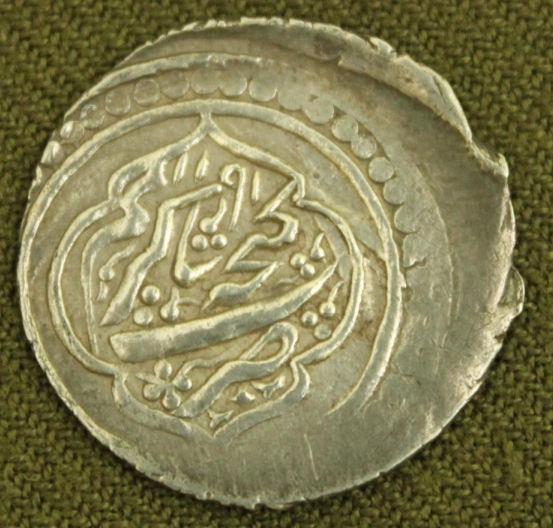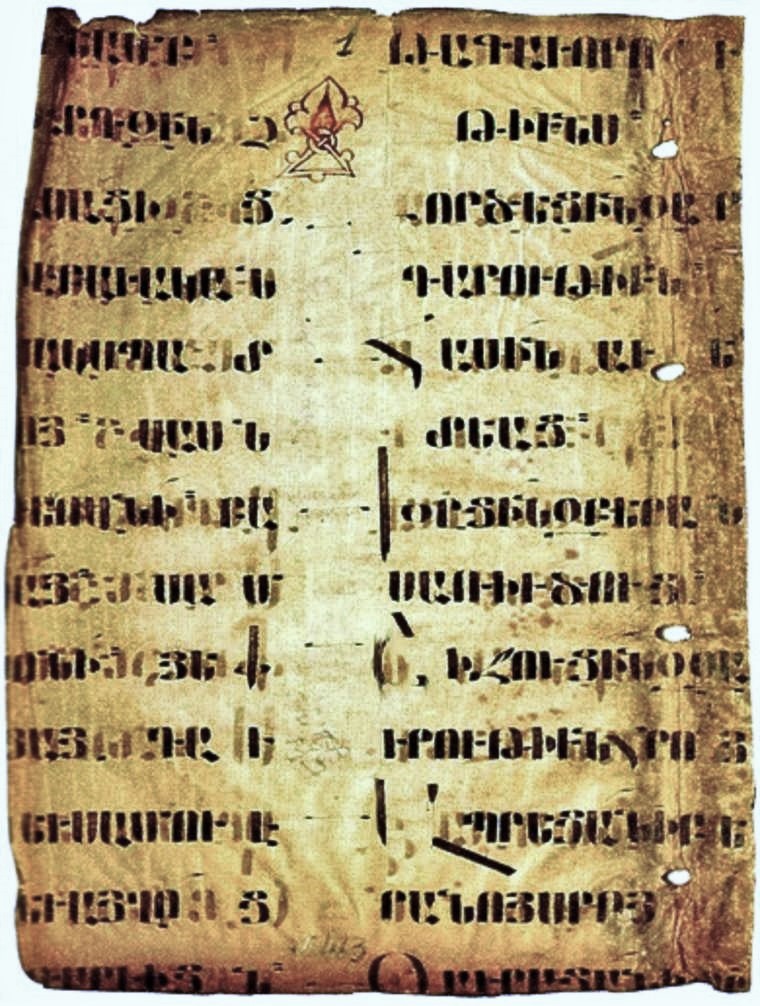|
Elisabethpol
Ganja (; az, Gəncə ) is Azerbaijan's third largest city, with a population of around 335,600.Azərbaycan Respublikası. — 2. Azərbaycan Respublikasının iqtisadi və inzibati rayonları. — 2.4. Azərbaycan Respublikasının iqtisadi və inzibati rayonlarının ərazisi, əhalisinin sayı və sıxlığı, səhifə 66. /Azərbaycanın əhalisi (statistik bülleten) Müəllifi: Azərbaycan Respublikasının Dövlət Statistika Komitəsi. Buraxılışa məsul şəxs: Rza Allahverdiyev. Bakı — 2015, 134 səhifə. The city has been a historic and cultural center throughout most of its existence. It was the capital of the Ganja Khanate until 1804; after Qajar Iran ceded it to the Russian Empire following the Treaty of Gulistan in 1813, it became part of the administrative divisions of the Georgia Governorate, Georgia-Imeretia Governorate, Tiflis Governorate, and Elizavetpol Governorate. Following the dissolution of the Russian Empire and the Transcaucasian Democratic Feder ... [...More Info...] [...Related Items...] OR: [Wikipedia] [Google] [Baidu] |
Ganja Khanate
The Ganja Khanate ( fa, خانات گنجه, translit=Khānāt-e Ganjeh, az, گنجه خنليغى, translit=Gəncə xanlığı, ) was a semi-independent Caucasian khanate that was established in Afsharid Iran and existed in the territory of what is modern-day Azerbaijan between 1747-1805. The principality was ruled by the dynasty of Ziyadoghlu (Ziyadkhanov) of Qajar extraction as governors under the Safavids and Nadir Shah. Shahverdi Solṭan Ziyad-oghlu Qajar became the khan of Ganja in 1554. Political history In the latter part of the 18th century, the Ganja khanate was one of the most economically prosperous polities in the Caucasus, benefiting from the strategic location of its capital on the regional crossroads. For this reason, two politically stronger neighbours, the Kingdom of Georgia and the Karabakh khanate, encroached on the independence of Ganja. From 1780 to 1783, the Ganja khanate was a condominium of Heraclius II of Georgia (represented by Prince Kaikhosro ... [...More Info...] [...Related Items...] OR: [Wikipedia] [Google] [Baidu] |
Elizavetpol Governorate
The Elizavetpol Governorate, also known after 1918 as the Ganja Governorate, was a province ('' guberniya'') of the Caucasus Viceroyalty of the Russian Empire, with its capital in Yelisavetpol (present-day Ganja). The area of the governorate stretched and was composed of 1,275,131 inhabitants in 1916. The Elizavetpol Governorate bordered the Erivan Governorate to the west, the Tiflis Governorate and Zakatal Okrug to the north, the Dagestan Oblast to the northeast, the Baku Governorate to the east, and Iran to the south. Geography The area of the governorate includes the southern slope of the main Caucasus range in the northeast, where Mount Bazardüzü and other peaks rise above the snow-line; the arid steppes beside the Kura river, reaching 1000 ft. of altitude in the west and sinking to 100–200 ft. in the east, where irrigation is necessary; and the northern slopes of the Transcaucasian escarpment and portions of the Armenian Highlands, which is intersected towards ... [...More Info...] [...Related Items...] OR: [Wikipedia] [Google] [Baidu] |
Georgia-Imeretia Governorate
The Georgia-Imeretia Governorate (russian: Грузино-Имеретинская губерния) was a short-lived governorate (''guberniya'') of the Caucasus Viceroyalty of the Russian Empire, administered from Tiflis (Tbilisi). Roughly corresponding to modern Georgia and parts of Armenia and Azerbaijan, it was created in 1840 from the territory of the Georgia Governorate and the oblasts of Imeretia and Armenia. In 1846 the Imperial administration of the Caucasus was reorganized and the Georgia-Imeretia Governorate was abolished, with its territory forming the new governorates of Tiflis and Kutais. Administrative divisions At its creation the Georgia-Imeretia Governorate contained eight ''uyezds'': *Akhaltsikhe *Belokan (from 1844 a separate Djaro-Belokan Okrug) *Guria * Gori *Elisabethpol *Kutaisi *Telavi *Erivan Yerevan ( , , hy, Երևան , sometimes spelled Erevan) is the capital and largest city of Armenia and one of the world's oldest continuously inhabi ... [...More Info...] [...Related Items...] OR: [Wikipedia] [Google] [Baidu] |
List Of Sovereign States
The following is a list providing an overview of sovereign states around the world with information on their status and recognition of their sovereignty. The 206 listed states can be divided into three categories based on membership within the United Nations System: 193 member states of the United Nations, UN member states, 2 United Nations General Assembly observers#Present non-member observers, UN General Assembly non-member observer states, and 11 other states. The ''sovereignty dispute'' column indicates states having undisputed sovereignty (188 states, of which there are 187 UN member states and 1 UN General Assembly non-member observer state), states having disputed sovereignty (16 states, of which there are 6 UN member states, 1 UN General Assembly non-member observer state, and 9 de facto states), and states having a political status of the Cook Islands and Niue, special political status (2 states, both in associated state, free association with New Zealand). Compi ... [...More Info...] [...Related Items...] OR: [Wikipedia] [Google] [Baidu] |
Azerbaijan Democratic Republic
The Azerbaijan Democratic Republic), or simply as Azerbaijan in Paris Peace Conference, 1919–1920,''Bulletin d'Information de l'Azerbaidjan'', No. I, September 1, 1919, pp. 6–7''125 H.C.Debs.'', 58., February 24, 1920, p. 1467. Caucasian Azerbaijan in some diplomatic documents abroad, or the Tatar Republic of Azerbaijan in British sources. (abbreviated as the ADR; az, Azərbaycan Demokratik Cümhuriyyəti or ) was the first secular democracy, democratic republic in the List of Turkic dynasties and countries, Turkic and Muslim worlds.Tadeusz Swietochowski. Russia and Azerbaijan: A Borderland in Transition. Columbia University Press, 1995. , and Reinhard Schulze. A Modern History of the Islamic World. I.B.Tauris, 2000. , . Citations are at Talk:Azerbaijan Democratic Republic#First or second The ADR was founded by the Azerbaijani National Council in Tbilisi, Tiflis on 28 May 1918 after the collapse of the Transcaucasian Democratic Federative Republic, and ceased to exist on Ap ... [...More Info...] [...Related Items...] OR: [Wikipedia] [Google] [Baidu] |
Azerbaijan SSR
Azerbaijan ( az, Азәрбајҹан, Azərbaycan, italics=no), officially the Azerbaijan Soviet Socialist Republic (Azerbaijan SSR; az, Азәрбајҹан Совет Сосиалист Республикасы, Azərbaycan Sovet Sosialist Respublikası, italics=no, links=no; russian: Азербайджанская Советская Социалистическая Республика �зССРAzerbaydzhanskaya Sovetskaya Sotsialisticheskaya Respublika zSSR}), also referred to as Soviet Azerbaijan, was one of the constituent republics of the Soviet Union between 1922 and 1991. Created on 28 April 1920 when the Russian Soviet Federative Socialist Republic brought pro-Soviet figures to power in the region, the first two years of the Azerbaijani SSR were as an independent country until incorporation into the Transcausasian SFSR, along with the Armenian SSR and the Georgian SSR. In December 1922, the Transcaucasian SFSR became part of the newly established Soviet Union. Th ... [...More Info...] [...Related Items...] OR: [Wikipedia] [Google] [Baidu] |
New Persian
New Persian ( fa, فارسی نو), also known as Modern Persian () and Dari (), is the current stage of the Persian language spoken since the 8th to 9th centuries until now in Greater Iran and surroundings. It is conventionally divided into three stages: Early New Persian (8th/9th centuries), Classical Persian (10th–18th centuries), and Contemporary Persian (19th century to present). Dari is a name given to the New Persian language since the 10th century, widely used in Arabic (compare Al-Estakhri, Al-Muqaddasi and Ibn Hawqal) and Persian texts. Since 1964, it has been the official name in Afghanistan for the Persian spoken there. Classification New Persian is a member of the Western Iranian group of the Iranian languages, which make up a branch of the Indo-European languages in their Indo-Iranian subdivision. The Western Iranian languages themselves are divided into two subgroups: Southwestern Iranian languages, of which Persian is the most widely spoken, and Northwest ... [...More Info...] [...Related Items...] OR: [Wikipedia] [Google] [Baidu] |
Middle Persian
Middle Persian or Pahlavi, also known by its endonym Pārsīk or Pārsīg () in its later form, is a Western Middle Iranian language which became the literary language of the Sasanian Empire. For some time after the Sasanian collapse, Middle Persian continued to function as a prestige language. It descended from Old Persian, the language of the Achaemenid Empire and is the linguistic ancestor of Modern Persian, an official language of Iran, Afghanistan ( Dari) and Tajikistan (Tajik). Name "Middle Iranian" is the name given to the middle stage of development of the numerous Iranian languages and dialects. The middle stage of the Iranian languages begins around 450 BCE and ends around 650 CE. One of those Middle Iranian languages is Middle Persian, i.e. the middle stage of the language of the Persians, an Iranian people of Persia proper, which lies in the south-western highlands on the border with Babylonia. The Persians called their language ''Parsik'', meaning "Persian". A ... [...More Info...] [...Related Items...] OR: [Wikipedia] [Google] [Baidu] |
Soviet Union
The Soviet Union,. officially the Union of Soviet Socialist Republics. (USSR),. was a List of former transcontinental countries#Since 1700, transcontinental country that spanned much of Eurasia from 1922 to 1991. A flagship communist state, it was nominally a Federation, federal union of Republics of the Soviet Union, fifteen national republics; in practice, both Government of the Soviet Union, its government and Economy of the Soviet Union, its economy were highly Soviet-type economic planning, centralized until its final years. It was a one-party state governed by the Communist Party of the Soviet Union, with the city of Moscow serving as its capital as well as that of its largest and most populous republic: the Russian Soviet Federative Socialist Republic, Russian SFSR. Other major cities included Saint Petersburg, Leningrad (Russian SFSR), Kyiv, Kiev (Ukrainian Soviet Socialist Republic, Ukrainian SSR), Minsk (Byelorussian Soviet Socialist Republic, Byelorussian SSR), Tas ... [...More Info...] [...Related Items...] OR: [Wikipedia] [Google] [Baidu] |
Encyclopædia Iranica
''Encyclopædia Iranica'' is a project whose goal is to create a comprehensive and authoritative English language encyclopedia about the history, culture, and civilization of Iranian peoples from prehistory to modern times. Scope The ''Encyclopædia Iranica'' is dedicated to the study of Iranian civilization in the wider Middle East, the Caucasus, Southeastern Europe, Central Asia, and the Indian subcontinent. The academic reference work will eventually cover all aspects of Iranian history and culture as well as all Iranian languages and literatures, facilitating the whole range of Iranian studies research from archeology to political sciences. It is a project founded by Ehsan Yarshater in 1973 and currently carried out at Columbia University's Center for Iranian Studies. It is considered the standard encyclopedia of the academic discipline of Iranistics. The scope of the encyclopedia goes beyond modern Iran (also known as "Persia") and encompasses the entire Iranian cul ... [...More Info...] [...Related Items...] OR: [Wikipedia] [Google] [Baidu] |
Perestroika
''Perestroika'' (; russian: links=no, перестройка, p=pʲɪrʲɪˈstrojkə, a=ru-perestroika.ogg) was a political movement for reform within the Communist Party of the Soviet Union (CPSU) during the late 1980s widely associated with CPSU general secretary Mikhail Gorbachev and his glasnost (meaning "openness") policy reform. The literal meaning of perestroika is "reconstruction", referring to the restructuring of the Soviet political and economic system, in an attempt to end the Era of Stagnation. Perestroika allowed more independent actions from various ministries and introduced many market-like reforms. The alleged goal of perestroika, however, was not to end the command economy but rather to make socialism work more efficiently to better meet the needs of Soviet citizens by adopting elements of liberal economics. The process of implementing perestroika added to existing shortages, and created political, social, and economic tensions within the Soviet Union. ... [...More Info...] [...Related Items...] OR: [Wikipedia] [Google] [Baidu] |
Armenian Language
Armenian ( classical: , reformed: , , ) is an Indo-European language and an independent branch of that family of languages. It is the official language of Armenia. Historically spoken in the Armenian Highlands, today Armenian is widely spoken throughout the Armenian diaspora. Armenian is written in its own writing system, the Armenian alphabet, introduced in 405 AD by the priest Mesrop Mashtots. The total number of Armenian speakers worldwide is estimated between 5 and 7 million. History Classification and origins Armenian is an independent branch of the Indo-European languages. It is of interest to linguists for its distinctive phonological changes within that family. Armenian exhibits more satemization than centumization, although it is not classified as belonging to either of these subgroups. Some linguists tentatively conclude that Armenian, Greek (and Phrygian) and Indo-Iranian were dialectally close to each other;''Handbook of Formal Languages'' (1997p. ... [...More Info...] [...Related Items...] OR: [Wikipedia] [Google] [Baidu] |





